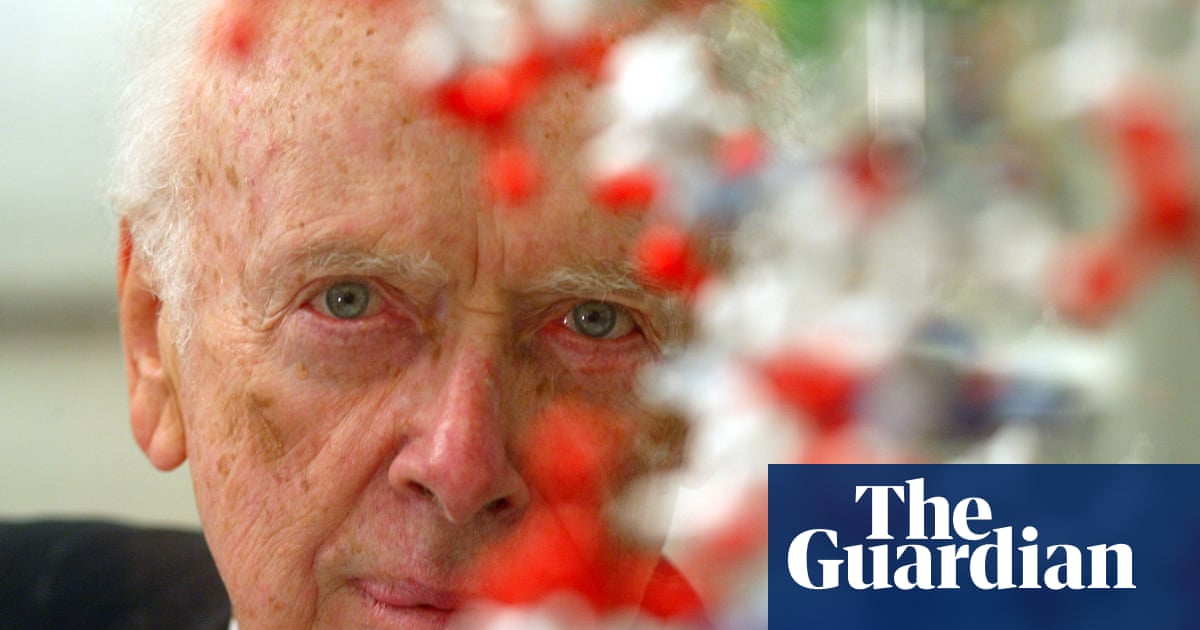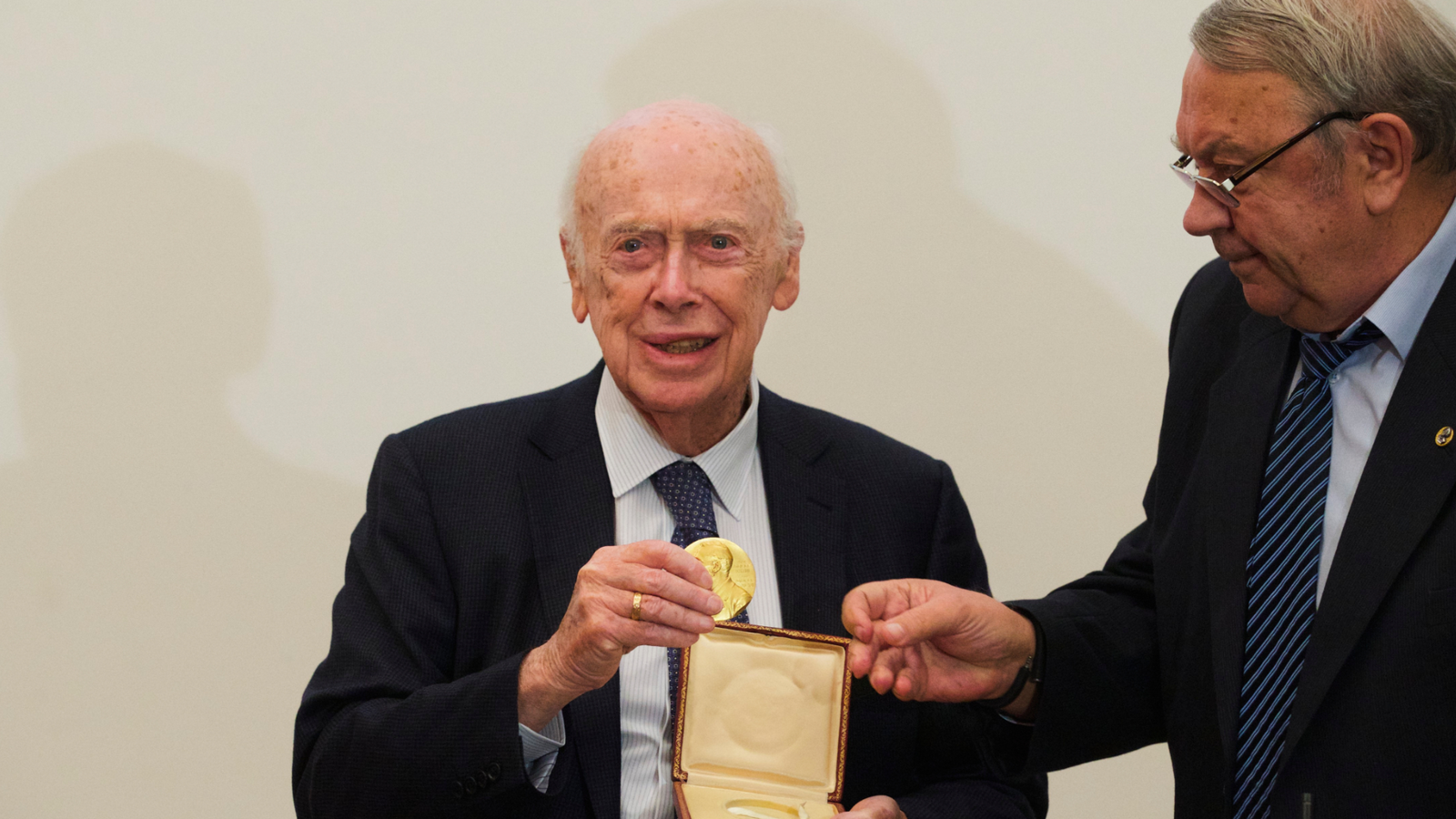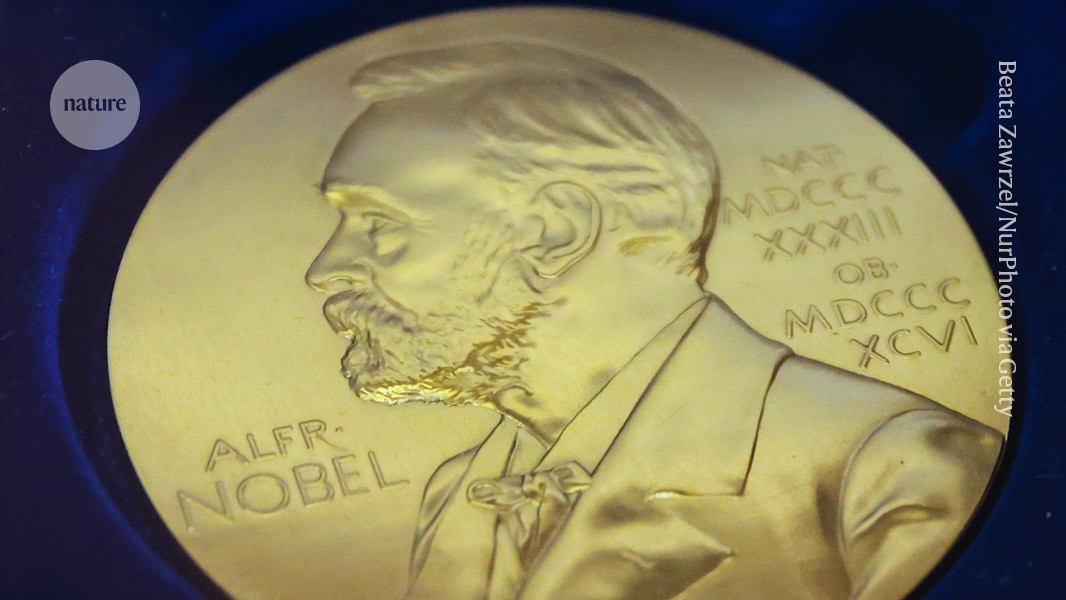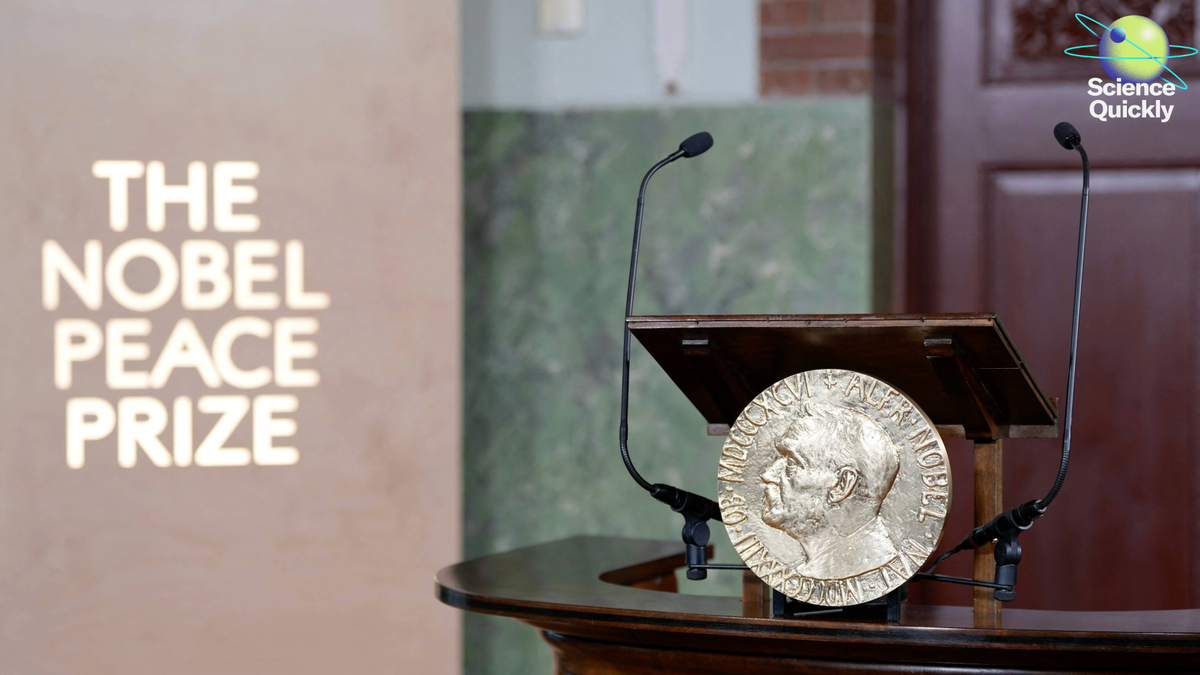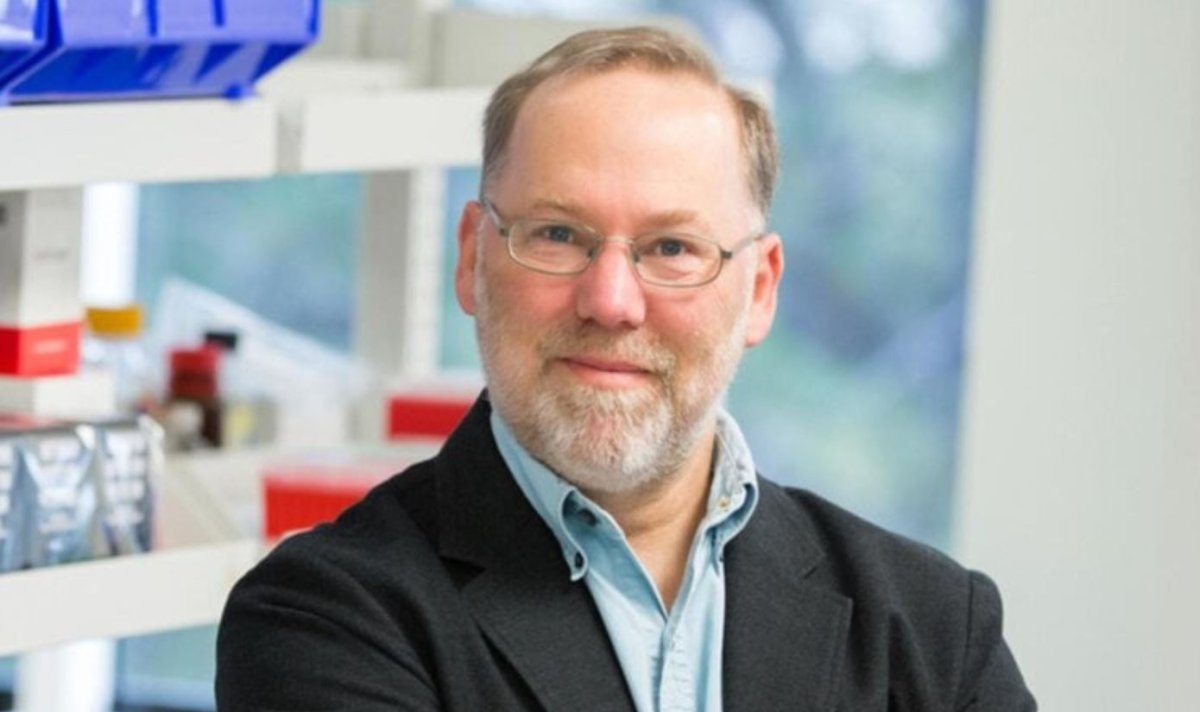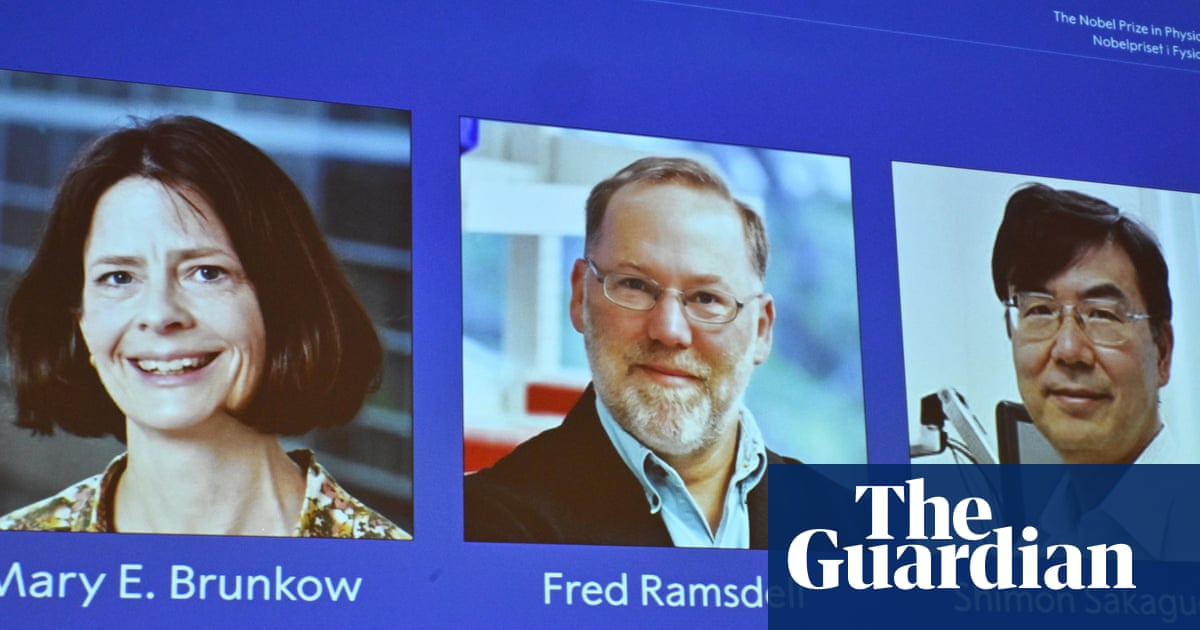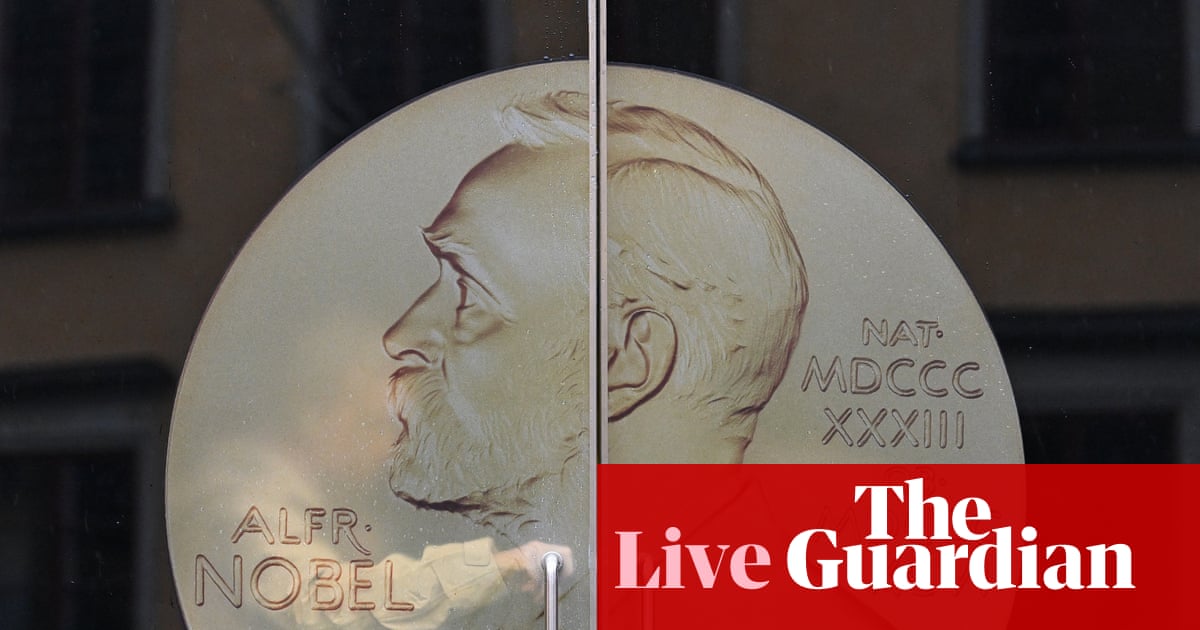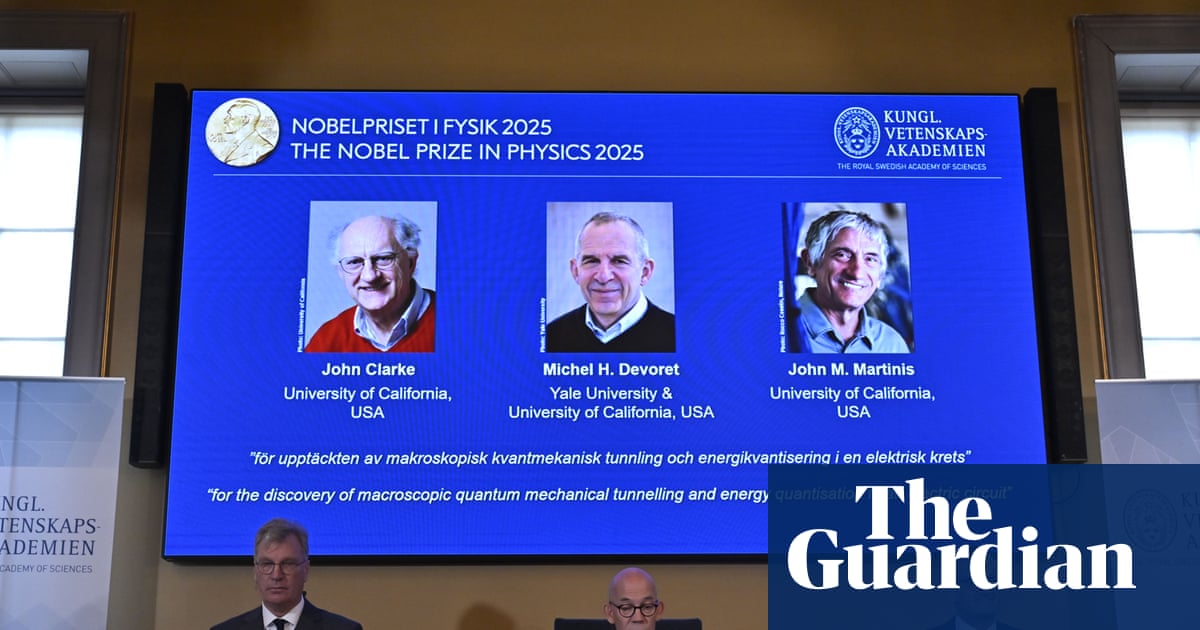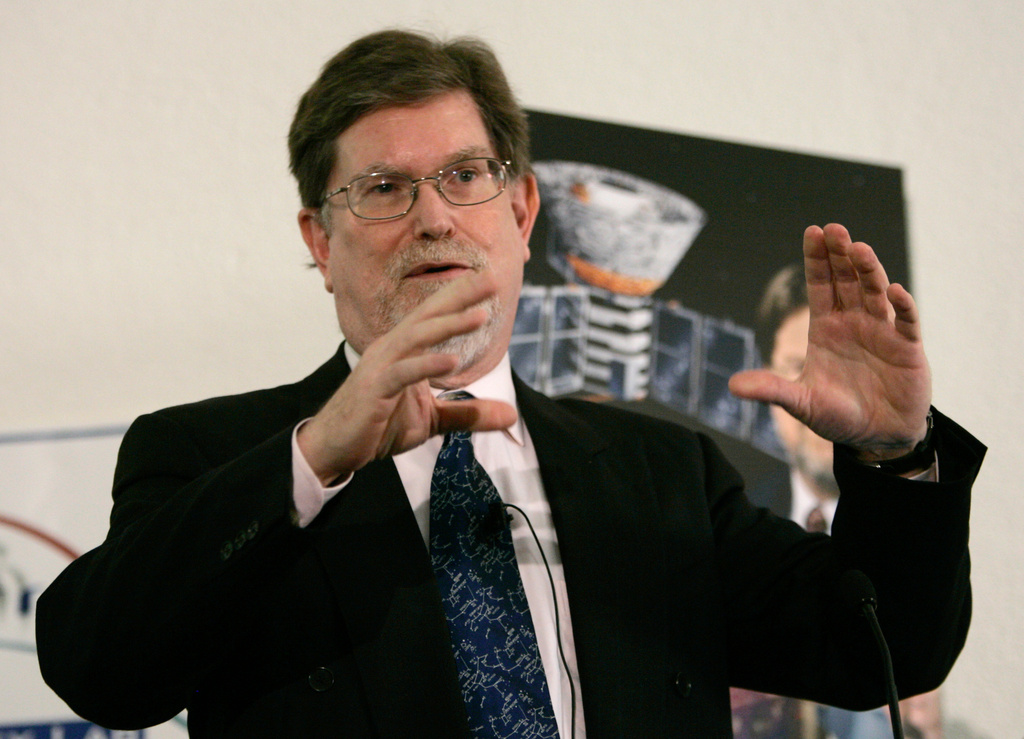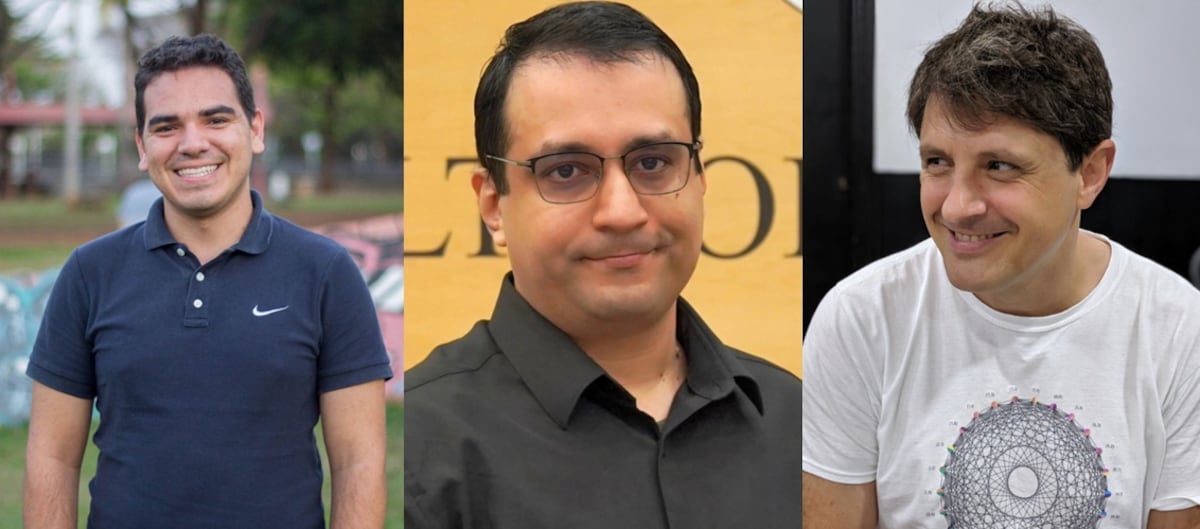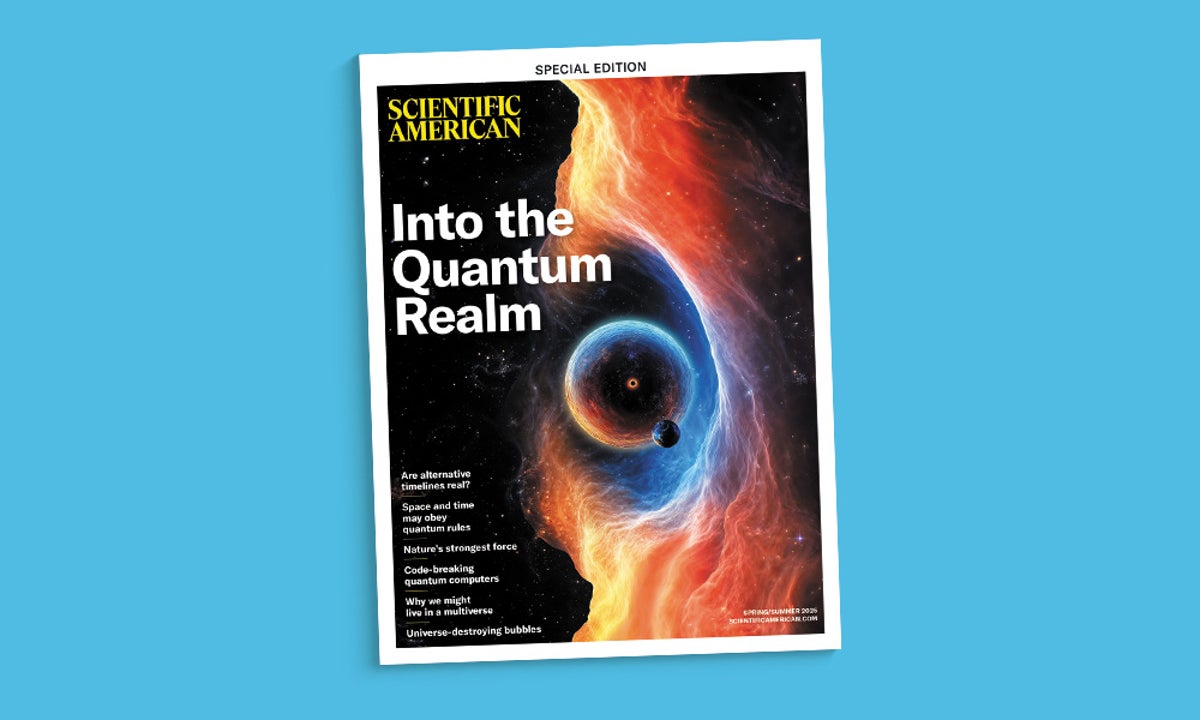#nobel-prize
#nobel-prize
[ follow ]
Science
fromInside Higher Ed | Higher Education News, Events and Jobs
2 months ago2 U.S. Academics Among Winners of Nobel Prize in Economics
Joel Mokyr, Peter Howitt, and Philippe Aghion won the Nobel Prize in Economics for explaining innovation-driven growth and creative destruction driving sustained technological progress.
World politics
fromIrish Independent
2 months agoThe Sunday Independent's View: Nobel prize is a reminder that peace is a process, not a matter of moral purity
True peace requires confronting tyranny, and leaders' rhetoric must align with practical support for alliances and defense, exemplified by responses to Venezuela and Ukraine.
fromwww.theguardian.com
2 months agoLaszlo Krasznahorkai wins the Nobel prize in literature 2025
The Academy cited the 71-year-old's compelling and visionary oeuvre that, in the midst of apocalyptic terror, reaffirms the power of art. Krasznahorkai is known for his dystopian, melancholic novels, which have won numerous prizes, including the 2019 National Book award for translated literature and the 2015 Man Booker International prize. Several of his works, including his novels Satantango and The Melancholy of Resistance, have been adapted into feature films.
Books
Science
fromThe Washington Post
2 months agoJohn Gurdon, Nobel laureate who laid groundwork for cloning, dies at 92
John Gurdon overcame early academic criticism to pioneer nuclear transplantation cloning, proving differentiated cells retain full genetic potential and enabling modern genetics and therapies.
fromwww.npr.org
2 months agoThe Nobel Prize for physics is awarded for discoveries in quantum mechanical tunneling
John Clarke, Michel H. Devoret and John M. Martinis won the Nobel Prize in Physics on Tuesday for research into quantum mechanical tunneling. Clarke conducted his research at the University of California, Berkeley; Martinis at the University of California, Santa Barbara; and Devoret at Yale and also at the University of California, Santa Barbara. "To put it mildly, it was the surprise of my life," Clarke told reporters at the announcement by phone after being told of his win.
Science
fromwww.dw.com
2 months agoNobel Prize in physics goes to trio of US-based scientists DW 10/07/2025
A trio of US scientists, John Clarke, Michel Devoret and John Martinis have won the Nobel Prize in physics for their work in the field of quantum mechanics tunneling, the Royal Swedish Academy of Sciences announced in Stockholm on Tuesday. Last year, the prize was won by John Hopfield and Geoffrey Hinton, two artificial intelligence researchers who helped create the basis for machine learning.
fromwww.theguardian.com
2 months agoNobel committee unable to reach prize winner who is living his best life' hiking off grid
Fred Ramsdell shared Monday's prestigious prize with Mary Brunkow of Seattle, Washington and Shimon Sakaguchi of Osaka University in Japan for their discoveries related to the functioning of the immune system. But the laureate's digital detox means the Nobel committee has been unable to reach him and break the news. Jeffrey Bluestone, a friend of Ramsdell's and co-founder of the lab, said the researcher deserves credit but he can't reach him, either.
Medicine
fromNature
2 months agoDaily briefing: The Nobel Prizes' most prestigious rivals
The Nobel prizes are the most iconic awards in science - but are they the best? In recent years, a flurry of other prizes have emerged as rivals, filling subject area gaps left by the Nobels, such as technology and climate science, or offering a bigger financial reward. These alternatives are gaining traction, "but for now, a Nobel prize is just so far ahead of the others", says planetary scientist Sara Seager, who won the 2024 Kavli Prize in Astrophysics. And no prize totally makes up for the Nobels' flaws - many still award individuals, not teams, and women are underrepresented among winners.
Science
fromNature
2 months agoThese science prizes want to rival the Nobels: how do they compare?
The Nobel prizes are the most famous awards in science - and for many, the ultimate badge of research excellence and achievement. But in the past few years, a flurry of other prizes have popped up - in some cases to fill gaps in the subject areas covered by the Nobels, and in others, to offer a bigger financial reward. With the Nobel prizes set to be announced next week, how do these prizes compare with one another?
Science
fromNature
4 months agoGeorge E. Smith obituary: co-inventor of the charge coupled device, which ushered in an era of digital images
The charge coupled device (CCD) was invented by George E. Smith and Willard Boyle during a brainstorming session at Bell Labs in October 1969, stemming from their goal to design a memory device.
Science
fromwww.theguardian.com
4 months agoDemis Hassabis on our AI future: It'll be 10 times bigger than the Industrial Revolution and maybe 10 times faster'
As head of Google DeepMind, the tech giant's artificial intelligence arm, he's driving, if not necessarily steering, what promises to be the most significant technological revolution of our lifetimes.
Artificial intelligence
fromenglish.elpais.com
5 months agoPedro Cuatrecasas, the scientist nobody has heard of who could have won two Nobel Prizes
Pedro Cuatrecasas was an influential biochemist who contributed to the development of approximately 40 drugs including acyclovir for herpes and atorvastatin for cholesterol management.
Science
Health
fromenglish.elpais.com
5 months agoCharles Rice, Nobel Prize winner in Medicine: It's a crime that a drug exists that could cure everyone yet not everybody has access to it'
Charles Rice's discovery of the hepatitis C virus has led to significant advancements in treatment and the saving of millions of lives.
OMG science
fromenglish.elpais.com
6 months agoArdem Patapoutian, Nobel Prize winner in Medicine: 90% of people don't even know they have a sense of proprioception'
Ardem Patapoutian, Nobel Prize-winning biologist, celebrated life achievements with a tattoo of the Piezo proteins he discovered, symbolizing his journey and scientific impact.
Photography
fromThe Washington Post
6 months agoGeorge E. Smith, Nobel laureate who envisioned digital imagery, dies at 95
George E. Smith played a crucial role in the invention of the charge-coupled device (CCD), foundational for digital photography and imaging technology.
His work with Willard S. Boyle on imaging technology earned them a Nobel Prize 40 years later, illustrating lasting impact.
fromwww.mercurynews.com
6 months agoLatest line: A good week for Jennifer Doudna, a bad week for Maria Su
Jennifer Doudna, who won the Nobel Prize in 2020 for her groundbreaking work in gene-editing, continues to be recognized, now with a supercomputer named after her at Lawrence Berkeley National Lab.
Silicon Valley
Women in technology
fromwww.berkeleyside.org
6 months agoNew Berkeley Lab supercomputer named after Nobel laureate will power AI and scientific research
A new supercomputer named Doudna will enhance AI and genomic research at Berkeley Lab, honoring Nobel laureate Jennifer Doudna.
The Doudna supercomputer, built by Dell, aims to facilitate significant scientific discoveries and advancements in genomics.
fromwww.nytimes.com
7 months agoOpinion | The White House Tech Bros Owe Their Fortunes to the Research They're Killing
Basic research conducted by America's universities is pivotal in fostering an entrepreneurial culture, evidenced by collaborations between academia and notable venture capitalists in technology and medicine.
OMG science
[ Load more ]

